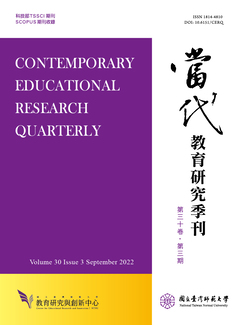

This article elaborates on the possible best practice of developingdatabases for institutional research and analysis, based on the knowledge ofEducational Science, Library Science, and Information Engineering, years ofexperience in developing educational databases, and a recent survey of relatedtechnology and products. Several developing options are compared to showtheir benefits and disadvantages under different conditions. Threerepresentative analysis tasks are reported to verify and show the synergy ofthe mentioned ideas and experience.In particular, this article proposes a sustainable workflow: (1) datacollection and aggregation, (2) cataloguing, (3) regulation, (4) archiving, and(5) usage, and describes their must-known caveats. The application situationsof data normalization and de-normalization are described. Capability ofdomestic vendors of related products is briefly mentioned based on a proof-ofconcepttesting. And finally, real-world institutional analyses are conducted toshare our experience.Overall, the first four processes in the above workflow are most timeconsumingand costly. Once data have been well prepared, recentvisualization analysis tools allow users to easily discover meaningful patternsand inspire hypotheses, and allow them to explore the database to findevidence to support their hypotheses and decisions. In the future, we expectthat event evolution simulation techniques, which allow users to foresee theresults given various input scenarios, could play an important role ineducational data analysis, in addition to the maturing data visualization tools.

This work is licensed under a Creative Commons Attribution-NonCommercial 3.0 Taiwan License.
Center for Educational Research and Innovation, National Tawain Normal University
162, Ho-Ping East Rd, Sec. 1, Taipei, Taiwan | Tel:+886-2-7749-3670 | E-mail: cerecerq@gmail.com
CERI | NTNU | E-mail Alerts | Open Journal System
© 2014 CERI-NTNU
